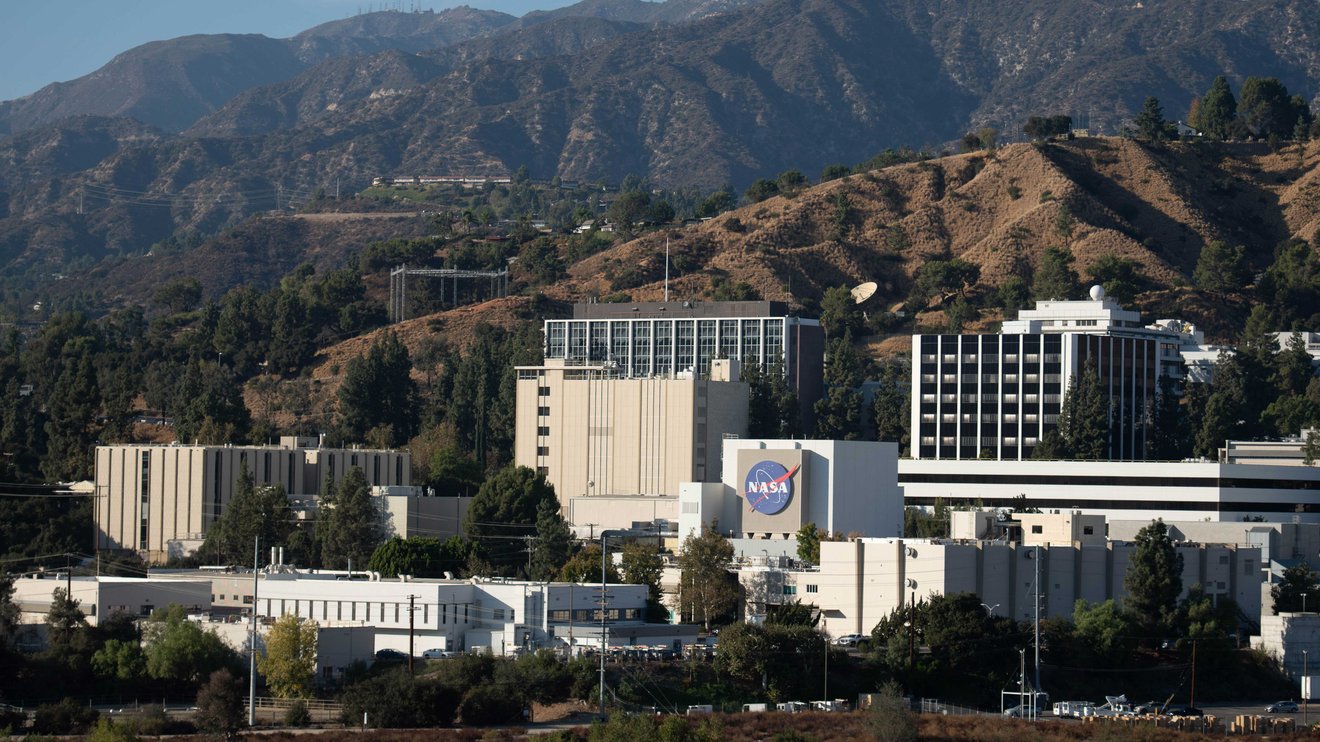One of the most challenging aspects of astrobiology and the Search for Extraterrestrial Intelligence (SETI) is anticipating what life and extraterrestrial civilizations will look like. Invariably, we have only one example of a planet that supports life (Earth) and one example of a technologically advanced civilization (humanity) upon which to base our theories. As for more advanced civilizations, which statistically seems more likely, scientists are limited to projections of our own development. However, these same projections offer constraints on what SETI researchers should search for and provide hints about our future development.
In a series of papers led by the Blue Marble Space Institute of Science (BMSIS), a team of researchers examines what Earth’s level of technological development (aka. “technosphere”) will look like in the future. In the most recent installment, they offer a reinterpretation of the Kardashev Scale, which suggests that civilizations expand to harness greater levels of energy (planet, host star, and galaxy). Instead, they suggest that the Kardashev Scale establishes upper limits on the amount of stellar energy a civilization can harness (a “luminosity limit”) and that civilizations might circumvent this by harnessing stellar mass directly.
Continue reading “New Study Examines How Extraterrestrial Civilizations Could Become “Stellarvores.””









